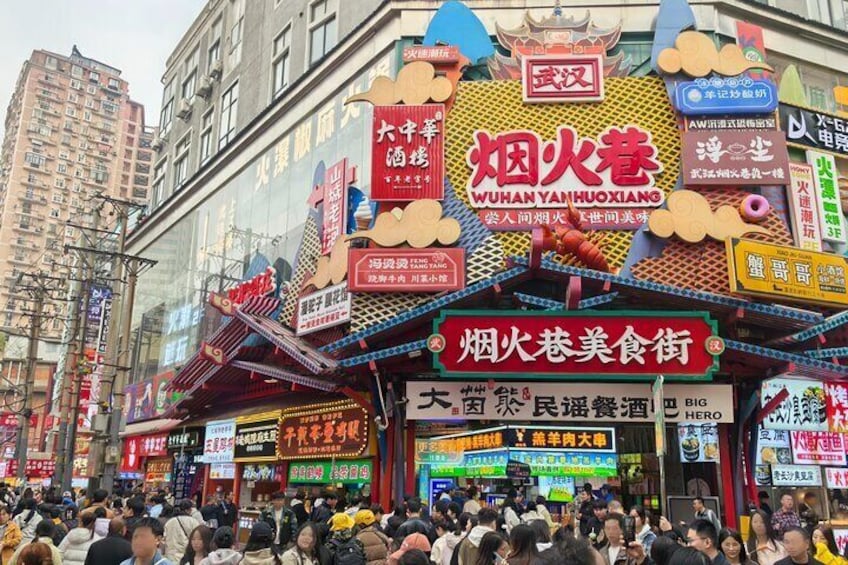
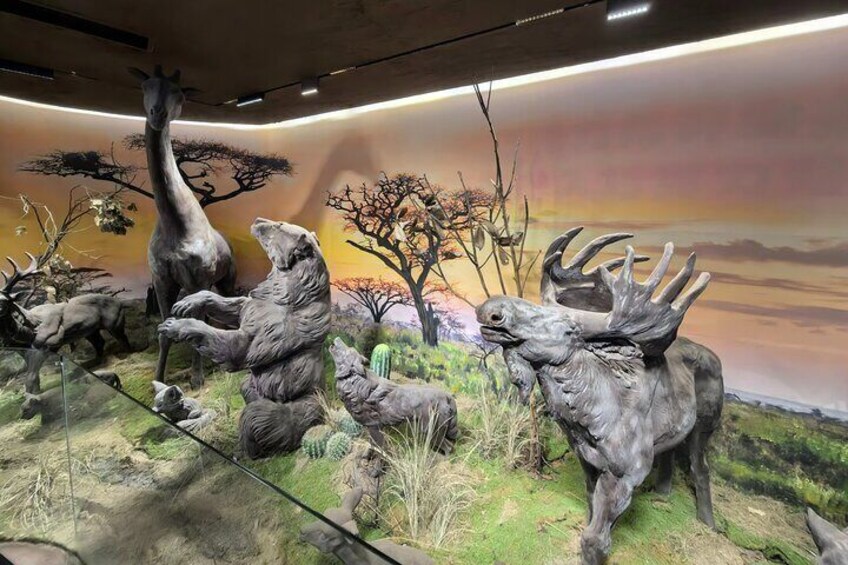
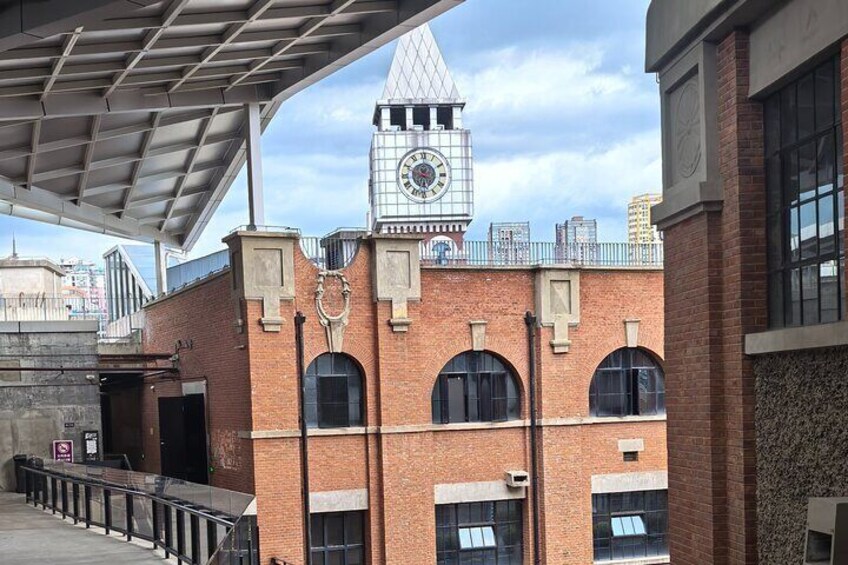
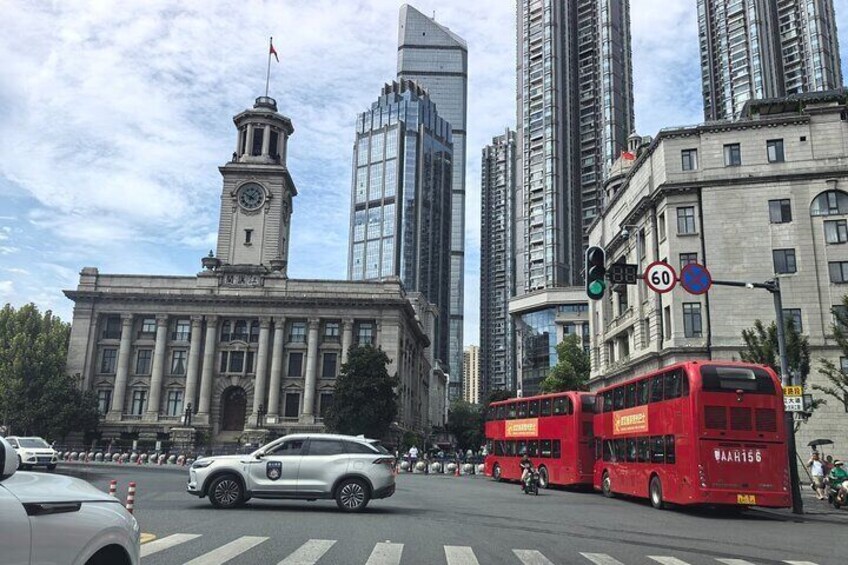
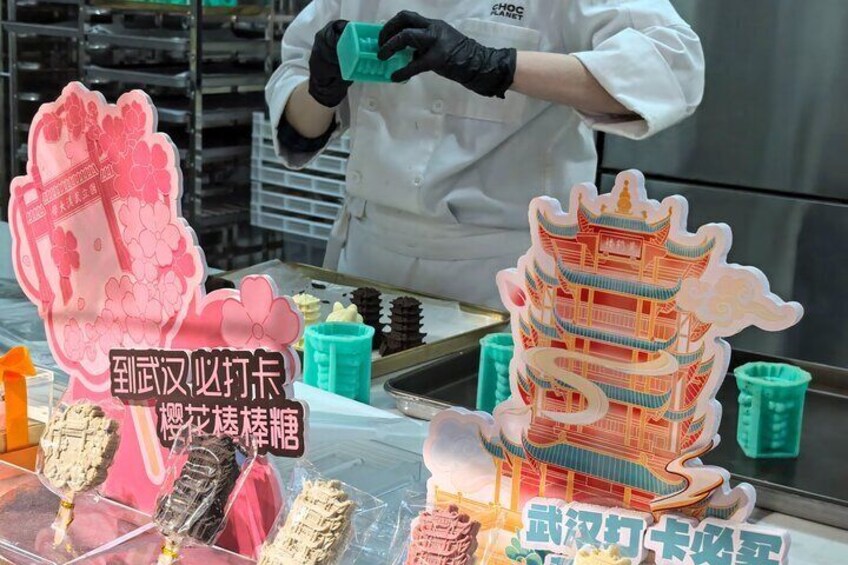
Secret of Food and Colonial Past | Hankou Guided Walk
By wuhan.video
Free cancellation available
Features
Overview
Activity location
Meeting/Redemption Point
Check availability
Secret of Food and Colonial Past | Hankou Guided Walk
Pickup included
Starting time: 1:00pm
Price details
$150.00 x 1 Adult$150.00
Total
Until Mon, Dec 15
What's included, what's not
Know before you book
- Wheelchair accessible
- Infants and small children can ride in a pram or stroller
- Public transportation options are available nearby
- Transportation options are wheelchair accessible
- All areas and surfaces are wheelchair accessible
- Not recommended for travelers with spinal injuries
- Not recommended for pregnant travelers
- Not recommended for travelers with poor cardiovascular health
- Travelers should have at least a moderate level of physical fitness
Activity itinerary
Location
Activity location
Meeting/Redemption Point
Best Deals on Things to Do
Experience the wonders of the world up close with great deals on things to do near and far. Expedia offers one-of-a-kind activities that allow you to explore Wuhan your way. Whether you love nature, culture, food, or a bit of adventure, we have the perfect activity for you.
Top Experiences in Wuhan
With so many things to do in Wuhan, planning the perfect day out may seem like a daunting task. Expedia is here to take the hassle out of finding the best attractions, tours, and activities in Wuhan. Families, couples, and business travelers can all find the perfect activity in Wuhan to create life-long memories with the help of Expedia.